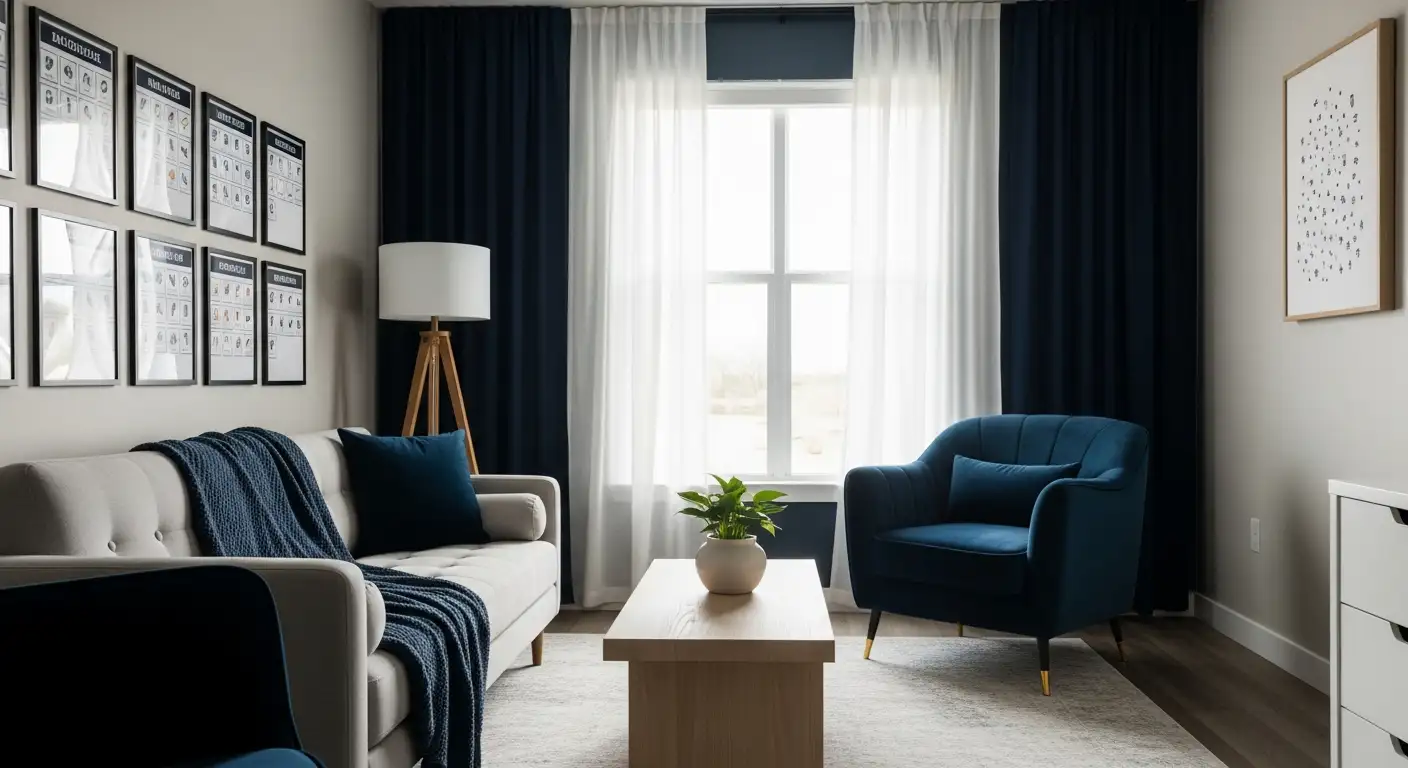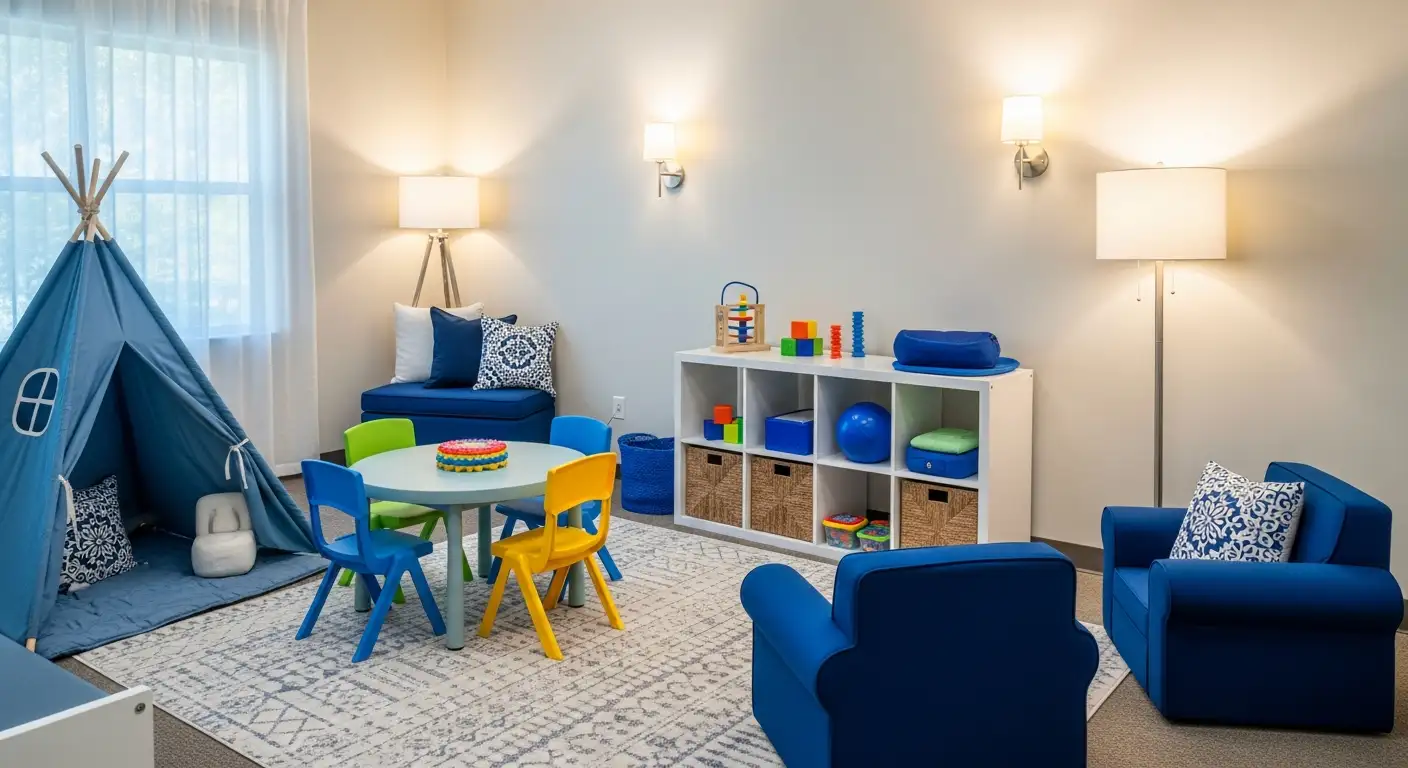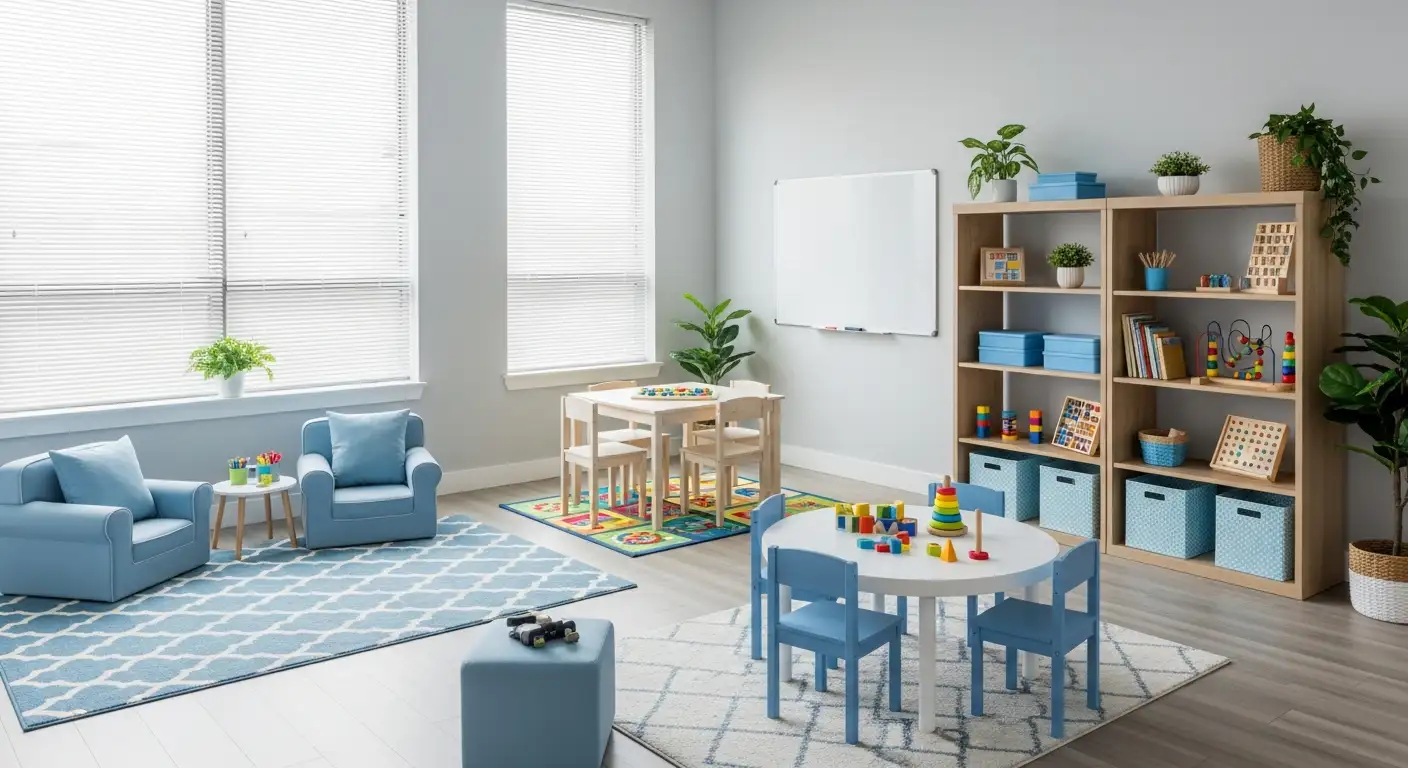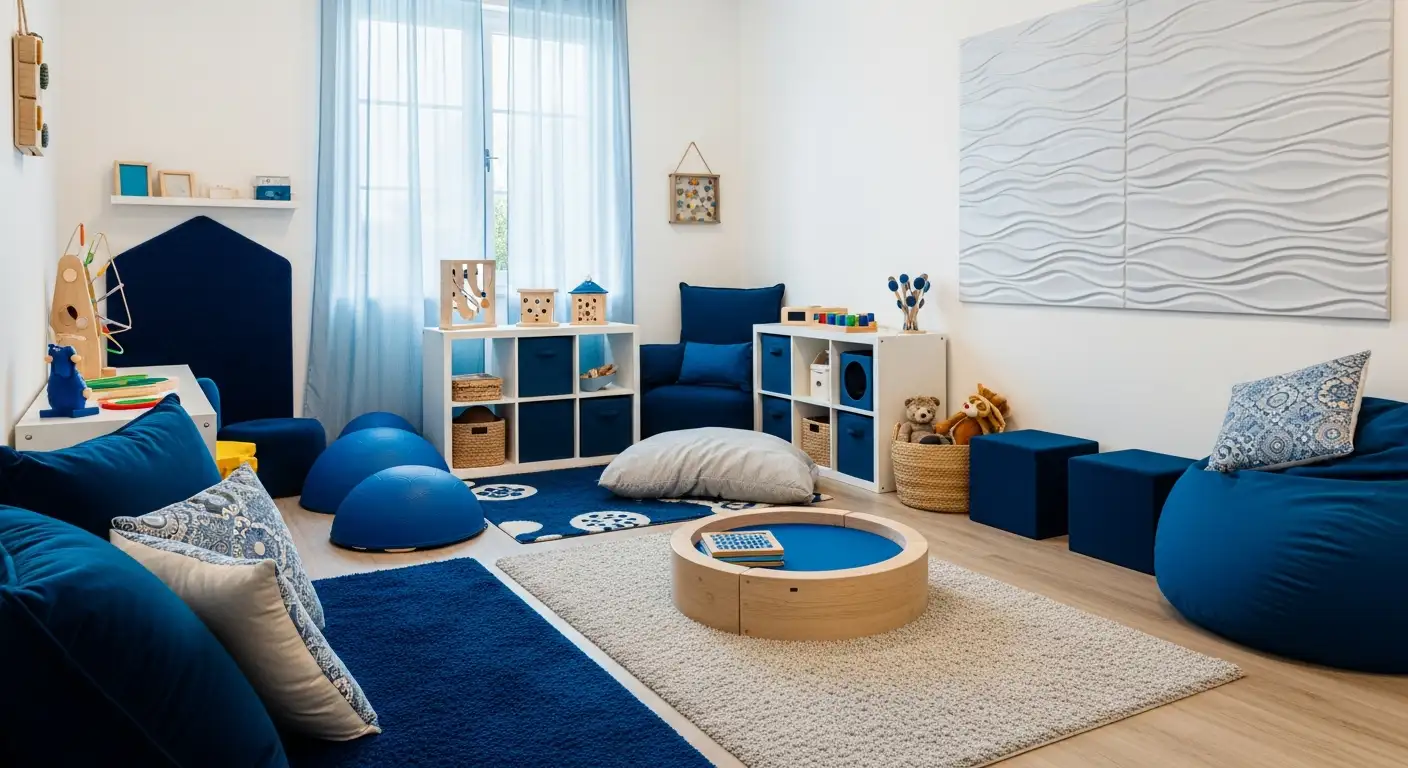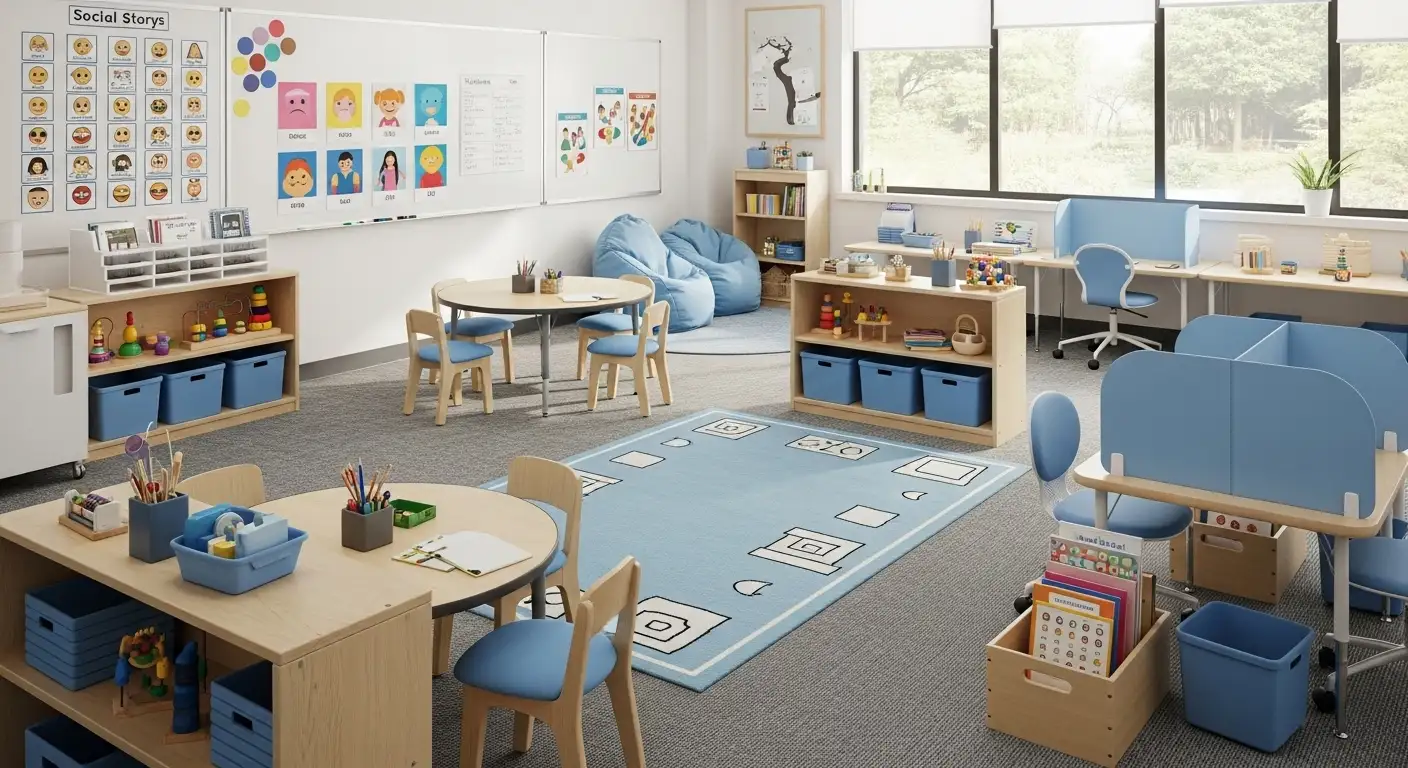Choosing an ABA Therapist: What You Need to Know
Learn how choosing an ABA therapist can support your child’s growth and improve behavior with effective, evidence-based strategies.

Key Points:
- Selecting the right ABA therapist can significantly impact your child’s behavioral growth and daily functioning.
- Understanding credentials, experience, and therapy approaches ensures your child receives evidence-based, individualized support.
- Collaboration between therapists, families, and schools enhances long-term progress in communication, social skills, and independence.
Finding the right ABA (Applied Behavior Analysis) therapist is one of the most important steps in supporting your child’s development. ABA therapy is widely recognized for its evidence-based strategies to improve behavior, communication, and daily living skills for children with autism spectrum disorder (ASD). But choosing the right therapist goes beyond certifications and resumes—it’s about finding someone who understands your child, communicates well with your family, and tailors therapy to your child’s unique needs.
This guide will walk you through what to look for in a therapist, key questions to ask, and practical strategies for making the best choice.
Why Choosing the Right ABA Therapist Matters
When it comes to ABA therapy, not all therapists are alike. The right therapist can make learning feel engaging and meaningful, while a mismatch in approach or communication style can slow progress. Choosing carefully ensures:
- Consistency in learning: ABA relies on repeated, structured teaching. A therapist who aligns with your family’s routines and values supports consistent practice.
- Customized interventions: Every child learns differently. A skilled therapist observes strengths, challenges, and preferences to create tailored programs.
- Family collaboration: Therapy works best when therapists partner with parents, caregivers, and educators to reinforce skills across settings.
Understanding these factors early helps families avoid frustration and ensures therapy sessions are productive, positive, and aligned with long-term goals.

Understanding ABA Therapy Approaches
Before selecting a therapist, it’s helpful to know the different ways ABA can be delivered. ABA programs often combine several approaches, including:
Discrete Trial Training (DTT)
This approach breaks down skills into small, teachable steps. Therapists provide a clear instruction, guide the child through the step, and offer immediate reinforcement. For example, teaching a child to label colors might begin with showing a red object and saying “red,” rewarding correct responses consistently.
Natural Environment Teaching (NET)
NET focuses on learning through everyday routines and play. Instead of structured drills, children learn in context—like asking for a snack, taking turns in a game, or labeling items during a walk. This helps skills generalize to real-life situations.
Pivotal Response Treatment (PRT)
PRT emphasizes motivation and choice. Therapists follow the child’s interests, providing reinforcement when the child initiates communication or engages in social behaviors. For instance, if a child reaches for a toy, the therapist might model a verbal request and reward attempts to communicate.
Verbal Behavior Therapy (VB)
VB targets language development through functional communication. It focuses on teaching children not just to repeat words, but to use language meaningfully—to request, comment, or express needs.
Understanding these methods helps parents recognize whether a therapist’s approach aligns with your child’s needs and learning style.
Key Qualities to Look for in an ABA Therapist
Choosing an ABA therapist is about more than credentials. Here’s a detailed list of qualities that indicate a therapist is prepared to provide effective, child-centered care:
1. Professional Credentials and Training
Look for therapists who are either Board Certified Behavior Analysts (BCBA) or Registered Behavior Technicians (RBT) supervised by a BCBA. Credentials ensure that the therapist understands behavior principles, ethical standards, and evidence-based interventions.
2. Experience with Similar Profiles
Experience matters. Ask how many children with autism or similar developmental profiles the therapist has worked with. Familiarity with specific challenges—like speech delays, sensory sensitivities, or challenging behaviors—can make therapy more effective and adaptive.
3. Strong Observation and Assessment Skills
A good therapist continuously monitors progress, adjusts interventions, and identifies triggers or motivators. They should be able to explain how they track progress using data and how they modify therapy based on results.

4. Communication and Family Partnership
ABA therapy is most successful when families are actively involved. Look for therapists who:
- Regularly communicate progress.
- Offer guidance for at-home practice.
- Listen to your concerns and adapt strategies accordingly.
5. Patience and Creativity
Children learn differently, and progress can be gradual. The right therapist combines patience with creativity, finding ways to make sessions engaging while meeting learning objectives.
Questions to Ask Potential ABA Therapists
When interviewing potential therapists, clear questions help you understand their approach and philosophy. Consider asking:
- What is your experience with children of my child’s age and developmental profile?
- Which ABA techniques do you use, and how do you decide which to apply?
- How do you measure progress, and how often will we review it?
- What role do parents play in therapy sessions and at home?
- How do you handle challenging behaviors, and what strategies do you use to prevent them?
- Can you provide examples of past successes or case studies?
These questions not only clarify competence but also help you gauge whether the therapist’s communication style fits your family.
Red Flags to Watch For
While many therapists are skilled, some signs may indicate a poor fit:
- Lack of clear goals or progress tracking.
- Minimal collaboration with parents or teachers.
- Over-reliance on one teaching method without adapting to the child.
- Resistance to feedback or suggestions from families.
- Promises of “quick fixes” or unrealistic outcomes.
Awareness of these red flags helps families avoid situations where therapy may not be as effective.

How ABA Therapy Supports Behavior and Development
ABA therapy isn’t just about correcting behaviors—it’s about building skills and independence. Effective ABA programs can:
- Improve communication, both verbal and nonverbal.
- Reduce frustration-driven behaviors by teaching coping strategies.
- Foster social engagement, including turn-taking, joint attention, and understanding social cues.
- Teach daily living skills like dressing, feeding, and hygiene.
- Encourage academic readiness through structured learning and motivation-based approaches.
By targeting foundational skills, ABA therapists create opportunities for children to gain confidence and function more independently at home, school, and in the community.
Tips for Families to Support ABA Therapy at Home
Consistency between therapy sessions and home life maximizes results. Parents can:
- Incorporate practice into routines: Ask your child to request items at mealtime or follow simple instructions during chores. Small, daily opportunities reinforce learning.
- Use positive reinforcement strategically: Praise and small rewards can motivate children to try new skills and reduce problem behaviors.
- Collaborate with therapists: Attend meetings, review progress reports, and provide feedback. Sharing insights about your child’s preferences or responses at home helps the therapist tailor strategies.
- Maintain a structured environment: Predictable schedules, visual supports, and consistent expectations help children feel secure and more receptive to learning.
- Observe and record progress: Note small gains in communication, social interaction, or behavior. These observations provide valuable data for therapists to adjust programs effectively.
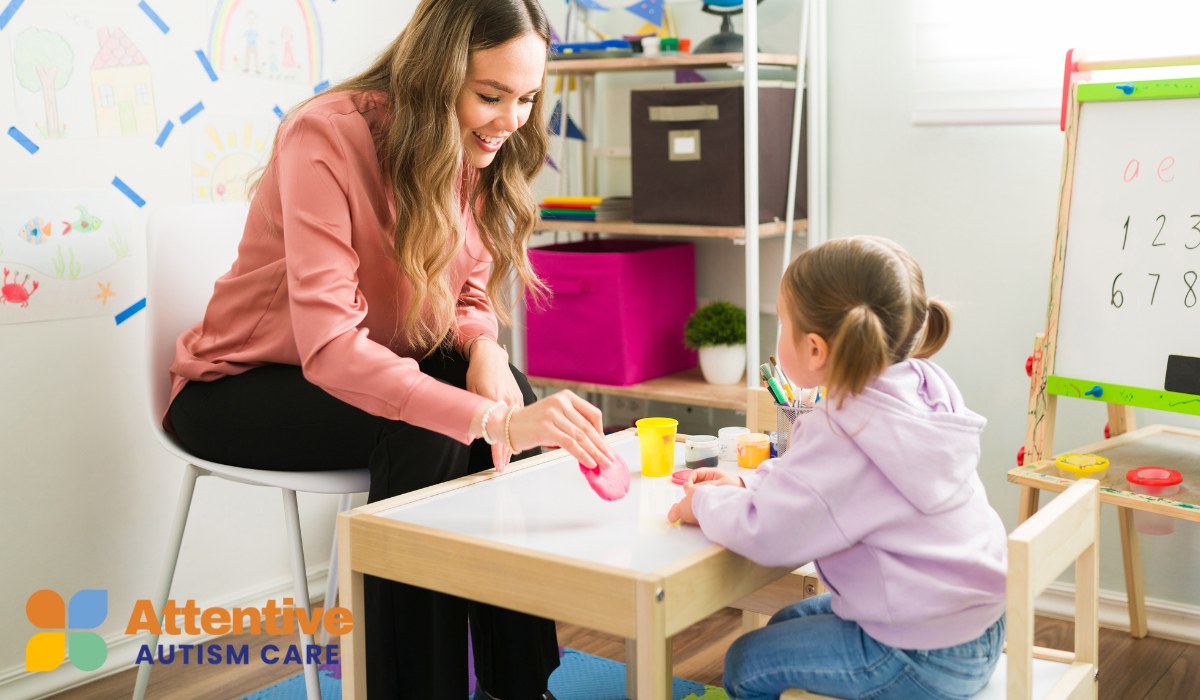
Making the Final Decision
Choosing an ABA therapist is ultimately about fit—between your child’s needs, the therapist’s style, and your family’s involvement. A good therapist balances:
- Evidence-based techniques with flexibility for individual needs.
- Skill-building with motivational, fun activities.
- Professional guidance with open, supportive communication for parents.
Families often benefit from scheduling trial sessions, asking for progress data, and observing interactions before committing long-term. Trust your instincts—your child’s comfort and engagement are key indicators of success.
Partnering with Attentive Autism Care
Finding a skilled ABA therapist can feel overwhelming, but partnering with a dedicated provider simplifies the journey. At Attentive Autism Care, our therapists create personalized ABA programs that focus on each child’s strengths and challenges. We collaborate closely with families to ensure progress extends beyond therapy sessions into daily life.
Whether your child is working on communication, social skills, or daily living tasks, our team provides structured, evidence-based strategies tailored to your family. If you’re seeking ABA therapy in Maryland, North Carolina, Colorado, Utah, Nebraska, or New Mexico, contact us today—we’re here to help guide your child toward meaningful growth and independence.



